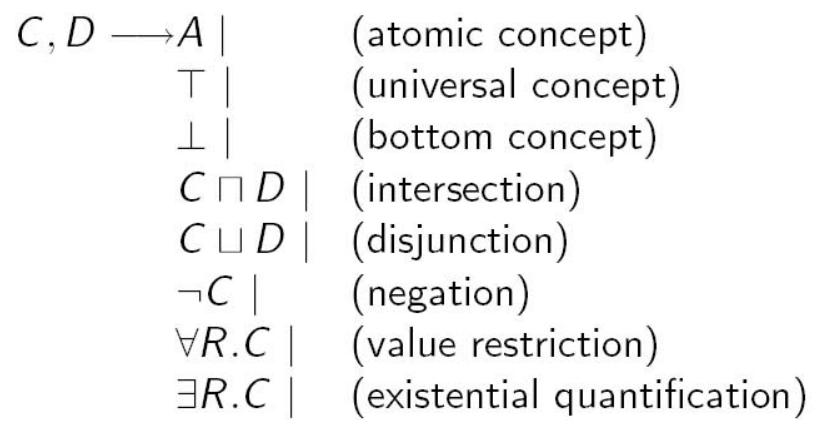BBSRC Systems Biology Grantholder Workshop, University of Nottingham, 16 December 2008.
Systems Biology of Microorganisms. 11 projects from 91 institutes, whose aim is to record and describe the dynamic molecular processes occurring in microorganisms in a comprehensive way. These projects have no one concept of experimentation or modelling, which makes it tough for information exchange. Further, there are issues of people having their own solutions, suspicions (about sharing data, for instance), data issues (many don't have data or don't store it in a standard way) and resource issues (no extra resources). SysMO-DB started in July 2008, and is a 3 year funded effort (3+3 people in 3 teams over 3 sites). Provide a web-based solution to exchange, search, and disseminate data. Need to retrofit data access, model handling and data integration platform. Because of the large number of groups and projects, they are going to aim for low-hanging fruit and early wins: be realistic, not reinvent, sustainable, and encourage standards adoption.
Just like at CISBAN, where we have implemented a web-based data integration, storage, exchange, and dissemination platform in a standards-compliant way (SyMBA), they have three users: experimentalists, bioinformaticians, and modellers. They're lucky, though, in that they have 6 people to develop SysMO-DB, when CISBAN only has 1. 🙂 And, as with CISBAN and many other data integration efforts, much of the work is social: that is, encouraging those three user types to collaborate and understand each other's work. The social solutions include questionnairs, "PALS" (postdocs and phd students), and Audits and sharing of methods, data, models. They discuss things like what people need or don't need from MIAME. (Personal opinion and question: MIAME is intended as a minimal information checklist. What kind of things, then, don't they need? And would it be worth taking this information back to the MIAME people to possibly modify the guidelines if some aspects of it aren't truly minimal? End personal questions.)
Discovery is done via SysMo-SEEK. How to catalog the metadata, and then have mechanisms for accessing the data from locations other than the host site? There is a single search point over "yellow pages" and assets catalogue. They store metadata on results, not the results themselves (again, just like SyMBA, which stores the metadata in a database, and the results in a remote file store). They use myExperiment for both linking the people and the assets. For models, they're using a local installation of JWS online, which is a database of curated models and a model simulator. There is also some links to semantic SBML from the TRANSLUCENT project.
There are two kinds of processes to store. The first is experimental processes, e.g. SOPs and protocols. They use the Nature protocols format, with the addition of high-level classification through tags. (Personal note: What is the underlying format for storing protocols?) The second type of process is Bioinformatics processes, which are stored as workflows. (Question: Why don't you store protocols as workflows? They can be chained in the same way.) Taverna is used for this work. One bit of work was using libSBML inside taverna for collaborative model development (Peter Li et al). Another automated (definition of automated in this context?) workflow goes from microarray to pathways and published abstracts. Their consortium wants to exchange information from public data sources, SysMO itself, and excel spreadsheets.
(Another personal aside. FuGE (object model for experimental metadata) and ISA-TAB (tabular format, e.g. spreadsheets) are becoming interchangeable – work is going on between FuGE and ISA-TAB people right now – most recent workshop was last week. This is important, as it was mentioned that bioinformaticians have to deal with spreadsheets (which is true enough!). So, you get the best of both worlds with FuGE / ISA-TAB, without having to define yet another schema. A personal question would be: Why build these various metadata schemas and parsers for spreadsheets (e.g. whatever is used for the Assets catalogue and JERM parsing of spreadsheets) rather than use pre-existing models such as FuGE and formats such as ISA-TAB? Using the FuGE object model does not mean that you have to use all aspects of it – you can just take what you need.Perhaps it was due to the maturity of ISA-TAB at the time the project started, though the specification is now in version 1.0. Will SysMO-DB export and import these formats? There was no time for questions at the end of the talk, so I will try to find out during the lunch period. End aside.)
Trying to map to the relevant MIBBI standard. There is a nice feature that reads spreadsheets from specific locations and automatically loads them into the Assets catalogue. (You can still load them directly into that catalogue.) They are performing a 4-site JERM exchange pilot scheme in Spring 2009.
Great talk – thanks 🙂
These are just my notes and are not guaranteed to be correct. Please feel free to let me know about any errors, which are all my fault and not the fault of the speaker. 🙂
Read and post comments |
Send to a friend
original



You must be logged in to post a comment.